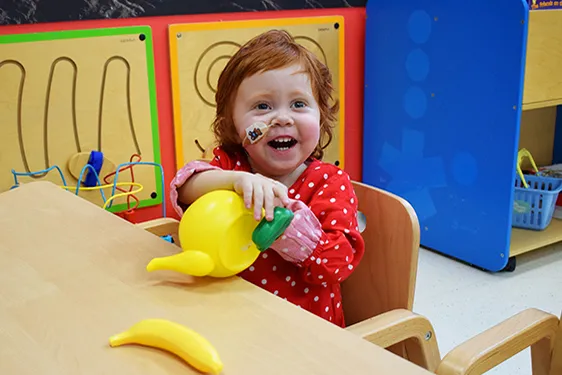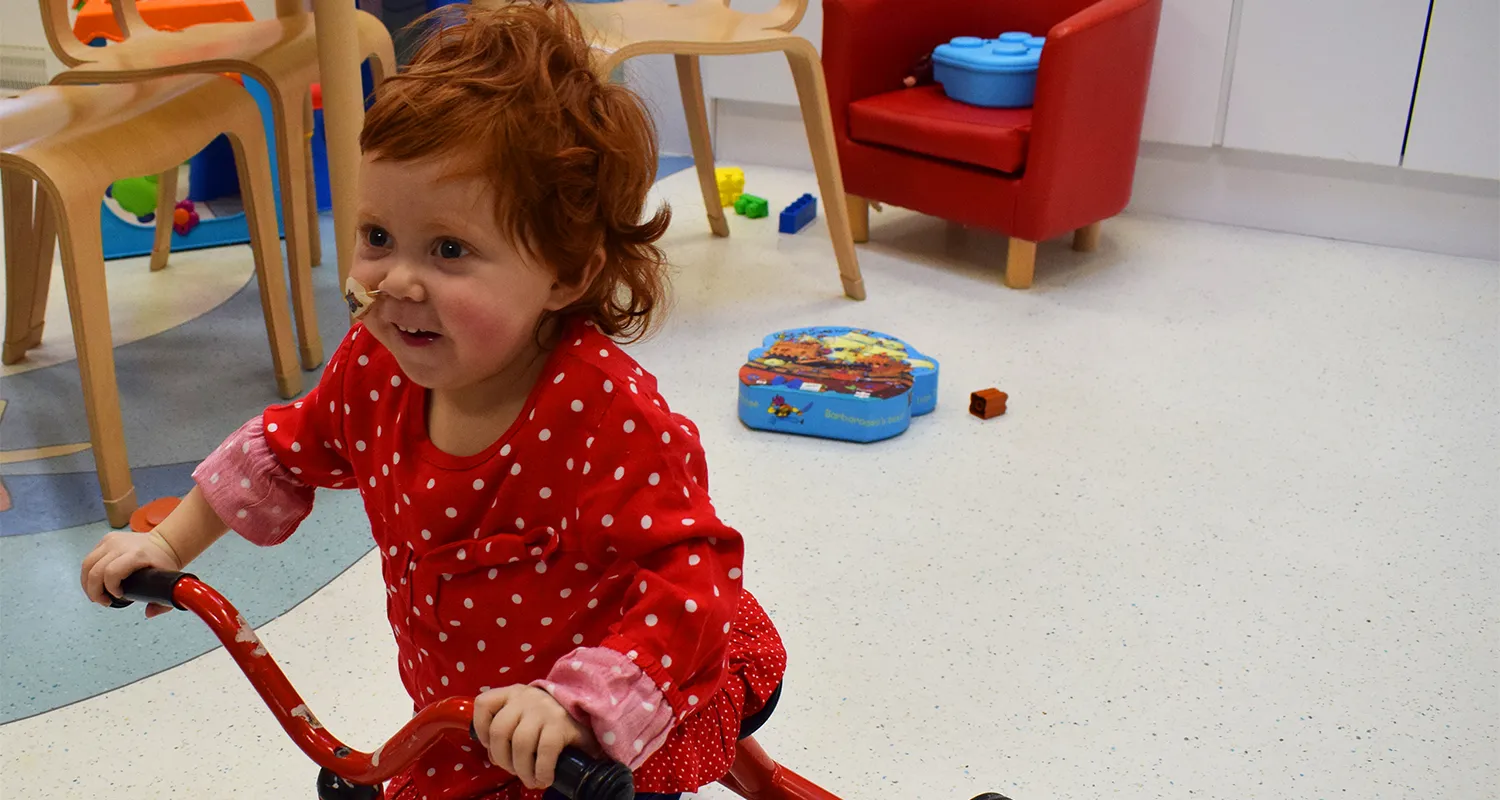Emily Byrne was a jaundiced baby from day two of her life but until she was three months' old, her parents Ann-Marie and Sean just thought she was sallow skinned. Several medical professionals had examined Emily during those first few months but it was only when the family GP returned from leave that Emily was sent to their local hospital in Cork, Ireland, to have tests.

Emily's gall bladder couldn’t be detected by ultrasound and her ducts were only partially formed; bile was able to drain from the liver but not enough. Blood tests suggested possible liver damage so Emily was sent to a children’s hospital in Dublin for a liver biopsy. The biopsy indicated that Emily might have biliary atresia, a rare disease of the liver and bile ducts that occurs in infants, causing scarring and blockage of the ducts. This means that bile cant flow from the liver into the intestines and so builds up in the liver and damages it.
The condition is usually detected within the first three to six weeks’ of age but unfortunately, at fourteen weeks old, Emily was a late diagnosis and time was not on her side. On September 27 2017, Emily and her family flew from Dublin to the UK and arrived at King’s for an operation known as a Kasai procedure to determine if she had biliary atresia and, if so, undergo surgery to correct it. The procedure confirmed that Emily had had the condition since birth, and a lot of damage had been done to her liver, but the operation was successful.
Emily was recovering on King’s Rays of Sunshine ward that night when her parents and staff noticed that something was wrong. Emily was rushed back down to theatre for life-saving surgery. She had suffered a massive internal bleed.
Emily’s mother Ann-Marie recalls that harrowing night: “She was on the brink. We thought we’d nearly lost her that night. We were told to say our goodbyes before she went back into theatre.”
The second operation went well and Emily began to recover but after four weeks signs of the procedure failing started to appear. This caused Emily to develop a condition called ascites, a build-up of fluid in the abdomen, and portal hypertension, an increase in blood pressure in the portal vein, which carries blood from the bowel and spleen to the liver. These were two significant factors towards Emily needing a liver transplant and on 22 November the Kasai procedure was deemed a failure and she was listed on the transplant register.
Ann-Marie was not a blood match but due to Emily’s age could still be a donor as Emily was too young to have formed the antibodies in her blood that would reject her mother’s liver. Unfortunately Emily had to have a blood transfusion in Ireland which meant that Ann-Marie could no longer be a donor. There was no-one else in the family who was a viable donor but six friends put themselves forward. Of the six, one passed all the tests. Following more than a year of Emily not being well enough, on the third date for surgery, 11 January 2019, Emily finally received a live transplant from John, a family friend. Emily was aged just 19 months old the day after the transplant.
John did fantastically and Emily initially responded well but then started to deteriorate. There was a little pool of ascites that was causing problems and she started to get high temperatures, high blood pressure and a high heart rate. She had to have further surgery a week after her transplant and then spent a week on the Paediatric Intensive Care Unit (PICU) followed by four days on the High Dependency Unit (HDU). She also had a bile leak, which was repaired, and during her stay in PICU she suffered a collapsed lower lobe in her right lung. This is one of the most common breathing complications after surgery and was resolved with intensive physiotherapy.
Emily was tube fed from five months old via a device inserted into her stomach through her abdomen. But, during her stay in PICU, she was not tolerating her feeds and so she had to be fed by a small tube passed through her nose and guided into her small bowel. However, once she was moved to the HDU, and as she became more alert, she started to feed orally and the tube was removed. After a further few weeks on the Rays of Sunshine (children’s liver) ward, Emily was finally well enough to return home.

